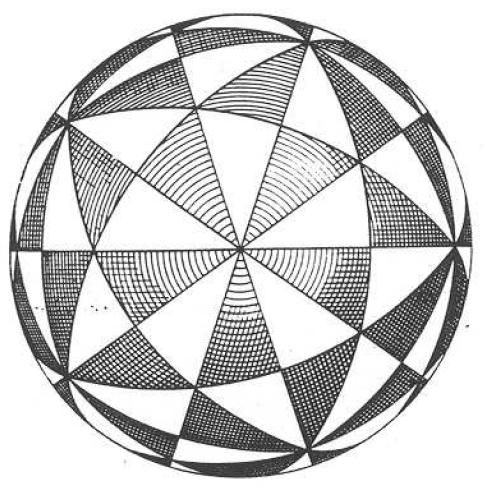Problem
Evaluate
\[\int_0^1\left(\frac{1}{1-x}+\frac{1}{\ln(x)}\right)\mathrm dx.\]Solution
First we show that the integral
\[\displaystyle{I=\int_0^\infty\left(\frac{1}{e^x-1}-\frac{e^{-x}}{x}\right)\,\mathrm dx}\]converges. For positive $x$ we have $xe^x+1>e^x$, which implies
\[\displaystyle{\frac{1}{e^x-1}>\frac{e^{-x}}{x}.}\]And the integrand is bounded above on $(0,\,\infty)$ as
\[\displaystyle{\frac{1}{e^x-1}-\frac{e^{-x}}{x}<\frac{1}{e^x-1}-\frac{e^{-x}}{e^x-1}=e^{-x}.}\]So the integral converges and $0<I<1$.
Let $\Re(s)>1$ and define the function
\[\displaystyle{I(s)=\int_0^\infty\left(\frac{1}{e^x-1}-\frac{e^{-x}}{x}\right)x^{s-1}\,\mathrm dx.}\]The integral representations of the gamma function and the Riemann zeta function quickly gives
\[\displaystyle{\begin{align*}I(s) &=\Gamma(s)\zeta(s)-\Gamma(s-1) \\ &=\Gamma(s)\left(\zeta(s)-\frac{1}{s-1}\right)\end{align*}}\]which holds for at least $\Re(s)>1$.
Observing that $\Gamma(s)\left(\zeta(s)-\frac{1}{s-1}\right)$ has a removable singularity at $s=1$ and is the analytic continuation of $I(s)$, we may now evaluate $I$ using a one-sided limit and making use of the Laurent expansion of the zeta function about its pole:
\[\displaystyle{\begin{align*}I &=\lim_{x\to1^+}I(x) \\ &=\lim_{x\to1^+}\Gamma(x)\left(\zeta(x)-\frac{1}{x-1}\right) \\ &=\lim_{x\to1^+}\Gamma(x)\left(\frac{1}{x-1}+\gamma+o(x-1)-\frac{1}{x-1}\right) \\ &=\gamma \end{align*}}\]where $\gamma$ is the Euler-Mascheroni constant.
Lastly,
\[\displaystyle{\begin{align*}I &=\int_0^\infty\left(\frac{1}{e^x-1}-\frac{e^{-x}}{x} \right )\,\mathrm dx \\ &=\int_0^1\left(\frac{1}{1-x}+\frac{1}{\ln(x)} \right )\,\mathrm dx,\qquad x\mapsto-\ln(x),\end{align*}}\]so
\[\int_0^1\left(\frac{1}{1-x}+\frac{1}{\ln(x)}\right)\mathrm dx=\gamma.\]Another solution
The following elegant proof is by Horseshoe_Crab.
\[\begin{align*}\int_0^1\left(\frac{1}{1-x}+\frac{1}{\ln(x)}\right)\mathrm dx &=\int_0^1\left(\sum_{n=0}^\infty x^n-\int_0^\infty x^t\,\mathrm dt \right )\,\mathrm dx \\ &=\lim_{N\to\infty}\int_0^1\left(\sum_{n=0}^N x^n-\int_0^N x^t\,\mathrm dt \right )\,\mathrm dx, \\ &\qquad\text{we may interchange summation and integration as all terms are positive} \\ &=\lim_{N\to\infty}\left(\sum_{n=0}^N\int_0^1x^n\,\mathrm dx-\int_0^N\int_0^1x^t\mathrm dx\mathrm dt \right ) \\ &=\lim_{N\to\infty}\left(\sum_{n=0}^N\frac{1}{1+n}-\int_0^N\frac{1}{1+t}\,\mathrm dt \right ) \\ &= \lim_{N\to\infty}\left(H_N-\ln(N) \right ).\end{align*}\]This last limit is the defintion for $\gamma$.
